So we didn’t get as far as I had hoped this weekend, but we are making progress. First off the stringers turned out pretty well. There was a lot of glue squeeze out which makes me confident in a good layup. Some work with the Surform and the block plane, and they cleaned up pretty well.
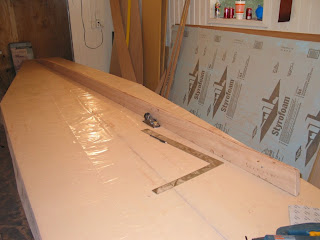
I figured since I evened up the stringers to one another, I might as well go ahead and do the same with the hull panels. They were nailed to each other and a combination of block plane, Surform and sander was used to cleanup all the edges. I was worried about how everything would line up, but it’s actually not bad. At one point I leaned down to really put some force behind the plane and planted my elbow squarely on one of the nails. Looking at it, I thought, “Man, I’m pretty sure that touched the bone.” As I cursed the weird, nervy pangs shooting up my arm, Captain Gnarly chuckled from above,
 “Arrrgh, 'tis a wee scratch if ever I did see one. Do yur womanly places pain ye as well, me boy?”
“Arrrgh, 'tis a wee scratch if ever I did see one. Do yur womanly places pain ye as well, me boy?”
Needless to say, I got back to the task at hand. Sometimes Cap’n G is a dick. The round chine option involves a few modifications to the bottom and side panels. The tip of each must be trimmed. Also the slits must be cut in the edges that will make the rounded chine possible. They consist of three cuts spaced an inch apart that follow the chine. This basically converts the chine area from standard stitch and glue to sheeted strip construction without having to deal with separate strips. I made a tool to draw the slits out with some scrap, duct tape, and a pencil.

As you can see, it's pretty advanced. Just set it at the depth you want and run it along the chine and you have a nice line to cut. The lines have a pretty serious curve to them and they must be cut perfect because they can’t be trimmed down later since they are internal to the panel. I was worried my full-size circular saw wouldn’t be able to handle the radius and was just all around too much saw, so I decided to cut them with my jigsaw.

This proved to be the biggest mistake I’ve made so far on the build. It’s tough for me to get an 8’ fair curve with the thing, and somehow I didn’t magically get better at using it just because the cut was more important. The cuts are embarrassing enough that I’m not even going to show a picture of them. They’ll show up in later pictures. Please don’t mock me. They look like they were cut by a drunken snake and then given a once over by a rabid beaver. I can’t wait until the outside is glassed if for no other reason than they won’t be seen anymore.
Having gone through all this, I figured I would cut out the temporary frames that fit where the cockpit will be. Easy right? Just lay them out, and cut them. Going over and over the dimensions for the middle frame, something wasn’t adding up. It kept coming up 1/8” off. Actually, throughout the build, I’ve had things come up 1/8” off in spots. While infuriating, I just chalked it up to my incompetence. Well, it turns out my big Swanson square is 1/8” off at the end. Awesome. Who knows how many spots are off in the boat?
I cut the notches in each frame to accept the stringer, but on dry assembly I realized that they are too shallow as depicted on the plans. I’ll need to measure to see by how much and then deepen the notches accordingly.

Deciding to wrap it up for the night, we figured we’d double check the strongback for level and square so we could be ready for framing Sunday morning. Somehow during the course of the build so far, it’s developed a 1/4” bow in the middle and about an equal amount of twist on the bow end. This would make for a nontriumphant boat that would probably porpoise like mad.
Having worked all day on a few hours sleep, I decided to do the rational thing and call it a night instead of cutting the strongback into many small pieces and setting them on fire in the front yard. This was my first and strongest inclination, and one that the Captain advocated fanatically.
 For those of you building the round chine, if you don't stitch it up fair enough, this could be your weekend too. I've been trying to hit them up every couple days for an hour or so, but I have some time this weekend. That means some serious sanding. Since the garage attaches to the living area in my house, I usually feel bad making that much noise for too long. The timing is good though. I need to have everything ready for next weekend, because Cole and Frank will both be in town and willing to help me tackle the bottom glassing. Sweet.
For those of you building the round chine, if you don't stitch it up fair enough, this could be your weekend too. I've been trying to hit them up every couple days for an hour or so, but I have some time this weekend. That means some serious sanding. Since the garage attaches to the living area in my house, I usually feel bad making that much noise for too long. The timing is good though. I need to have everything ready for next weekend, because Cole and Frank will both be in town and willing to help me tackle the bottom glassing. Sweet.

















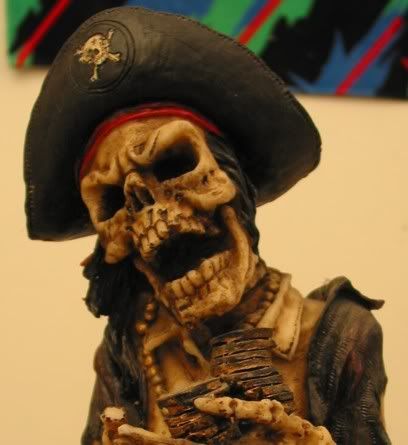
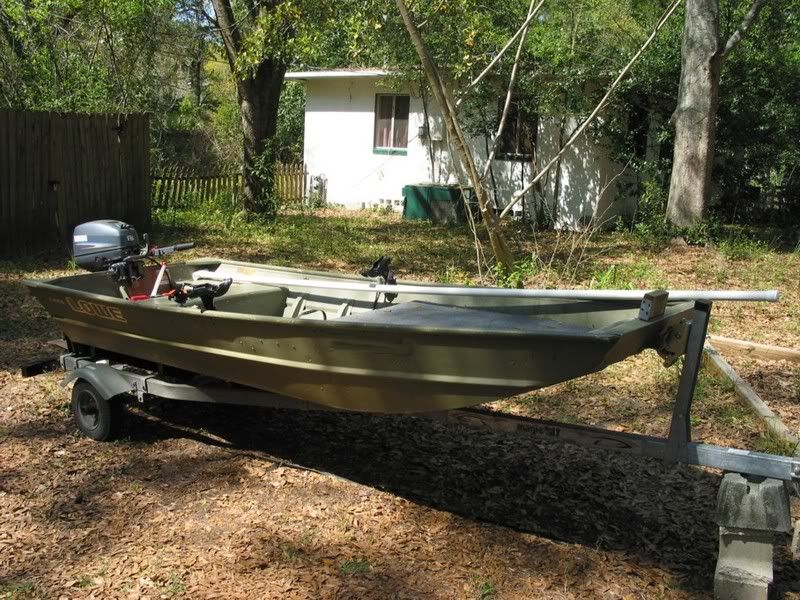
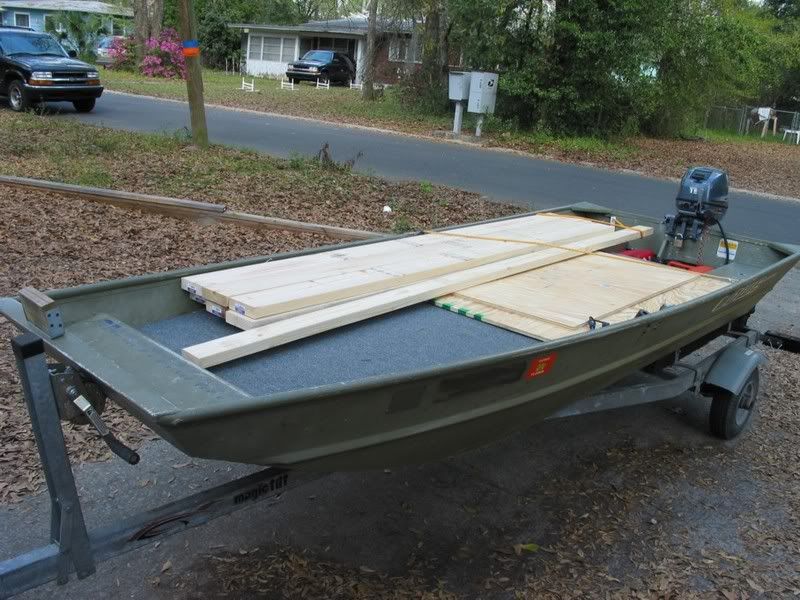
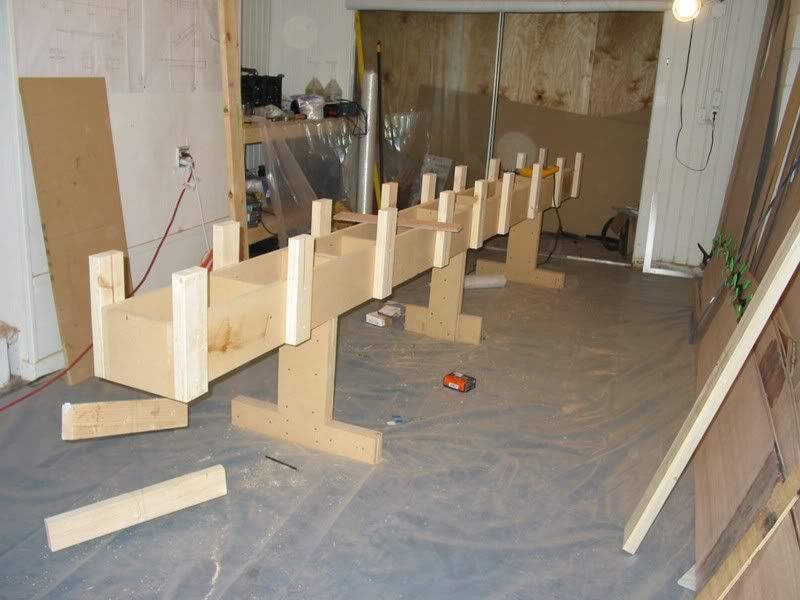
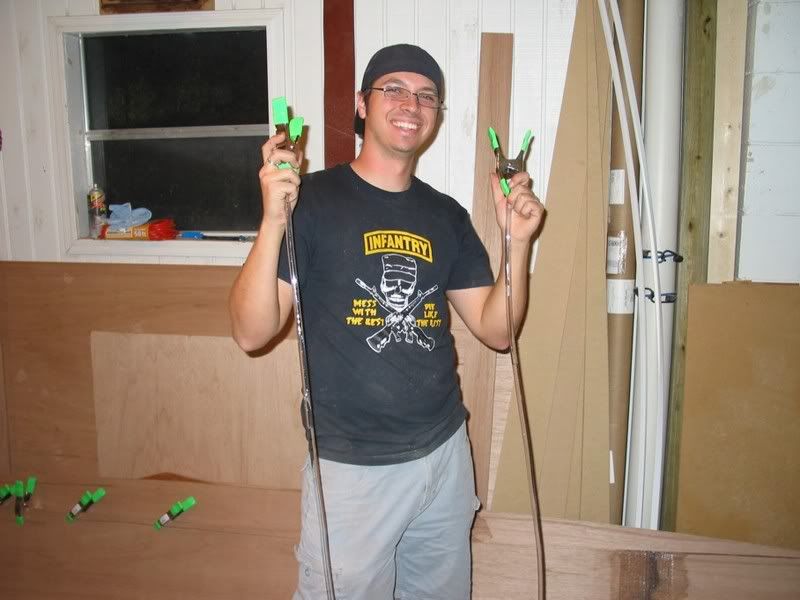
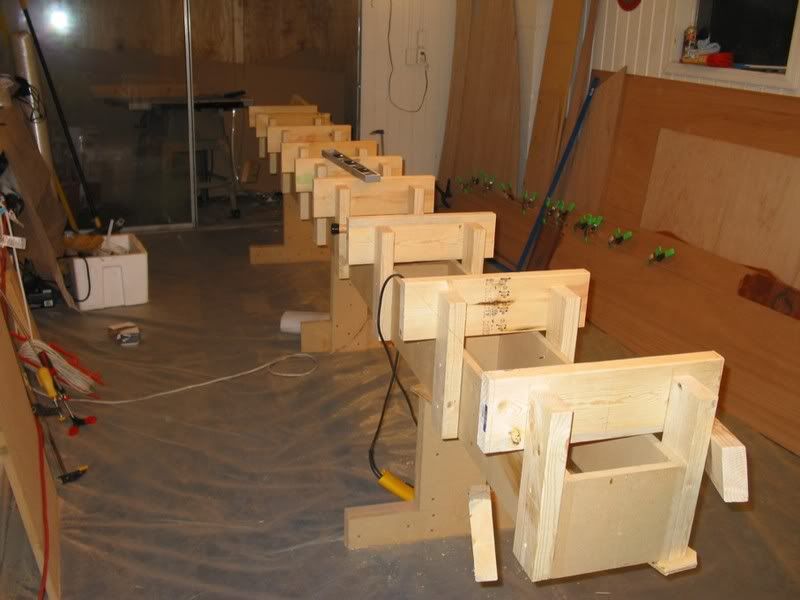
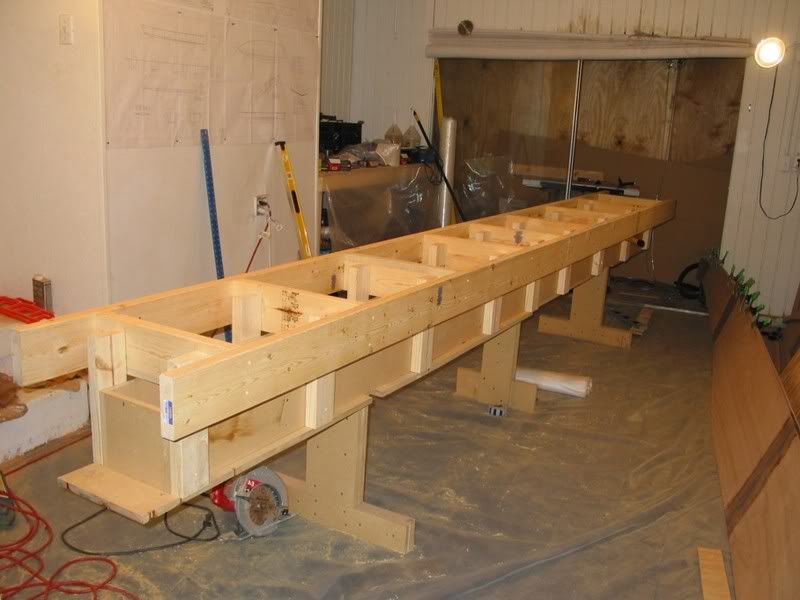

 “Arrrgh, 'tis a wee scratch if ever I did see one. Do yur womanly places pain ye as well, me boy?”
“Arrrgh, 'tis a wee scratch if ever I did see one. Do yur womanly places pain ye as well, me boy?”





